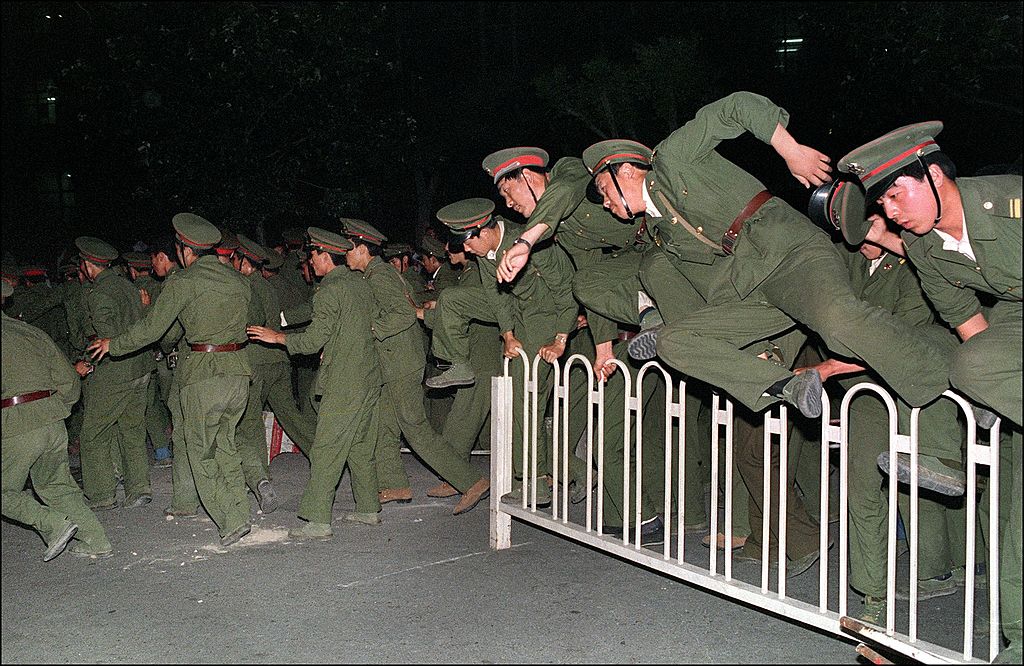What Really Happened on June 4th, 1989 in China? Understanding the Events and Aftermath
The True Scale of the Protests
Massive student-led protests erupted in cities across China in the spring of 1989, calling for democratic reforms and an end to corruption. For over seven weeks, thousands of students occupied Tiananmen Square in Beijing in a peaceful sit-in. Simultaneous large-scale protests also took place in other major urban centers like Shanghai, Guangzhou and Chengdu. The protests attracted participants from all walks of life, including workers, intellectuals and even some high school students. In Beijing, the protests paralyzed daily life as marchers with protest slogans and artworks filled the streets. Major roads and tunnels were blocked off by sit-ins. Widespread civil unrest and political demonstrations gripped the entire nation.
Uncontrolled Spread of Information
In a dramatic shift, state-run media at the time lost control and actually covered the protests in-depth with a positive slant. With no internet yet, people relied on television and nightly gatherings to stay informed. Nearly all Chinese learned about the movement through the free-flowing media environment before authorities cracked down.

personal experiences of witnesses
Many ordinary citizens directly witnessed the scale of the protests firsthand. As the writer noted, Chinese society was more communal at that time. People would spend evenings socializing at neighborhood clubs and enterprises, providing opportunities to observe massive rallies and marches on television together.
Mixed Legacy and Understanding 25 Years Later
While the Tiananmen protests deeply impacted those who directly participated, understanding and recollection of the events varies greatly across different generations today in China.
Younger Generations Have Less Knowledge
Chinese born in the late 1980s and beyond have no living memory of witnessing the movement. Censorship and collective amnesia have made in-depth knowledge difficult to attain within China’s borders. However, many in this group are also less interested in revisiting a closed chapter that does not impact their daily lives.
Older Generations Have More Nuanced Views
Adults who lived through 1989 naturally have greater awareness. But perspectives have changed over the quarter century that has since passed. While some continue advocating for the truth, many see little benefit in reopening old wounds. After all, China has experienced unprecedented economic growth and rising living standards in the post-Tiananmen era. Pragmatism dominates for some who prioritize stability.
Complex Family Discussions
How much younger generations know depends highly on their immediate family. Conversations with parents and older relatives provide key opportunities to learn. But discussions are also shaped by each family’s own experiences, priorities and views of the regime. Openness varies significantly based on these complex personal contexts.
Enduring Impacts and Lingering Questions
While political dynamics have evolved, the events of 25 years ago still resonate and leave unresolved issues. Open debate remains restricted due to sensitivity. However, certain facts and perspectives are worth keeping in mind to better understand this pivotal moment in Chinese history.
Lasting Effects on Civil Society
The violent crackdown had a profound chilling effect on civil organizations and grassroots movements. Independent unions, presses and other elements of civil society that had flourished were brought under much stricter party control. Space for open dissent continues to be limited.
Legacy for Younger Activists
Meanwhile, the idealistic calls for liberalizing reforms from that era continue inspiring some newer generations of activists within China. They aim to peacefully push boundaries and expand space for alternative voices within the system. How far such efforts can go remains uncertain.
Quest for Official Reconciliation
For families of victims and others seeking justice, closure or acknowledgment, silence from authorities and limits on open discussion are difficult to accept. Their quest for official reconciliation and truth continues even a quarter century later amid an information vacuum. Whether resolution may eventually emerge peacefully on all sides only time will tell.
